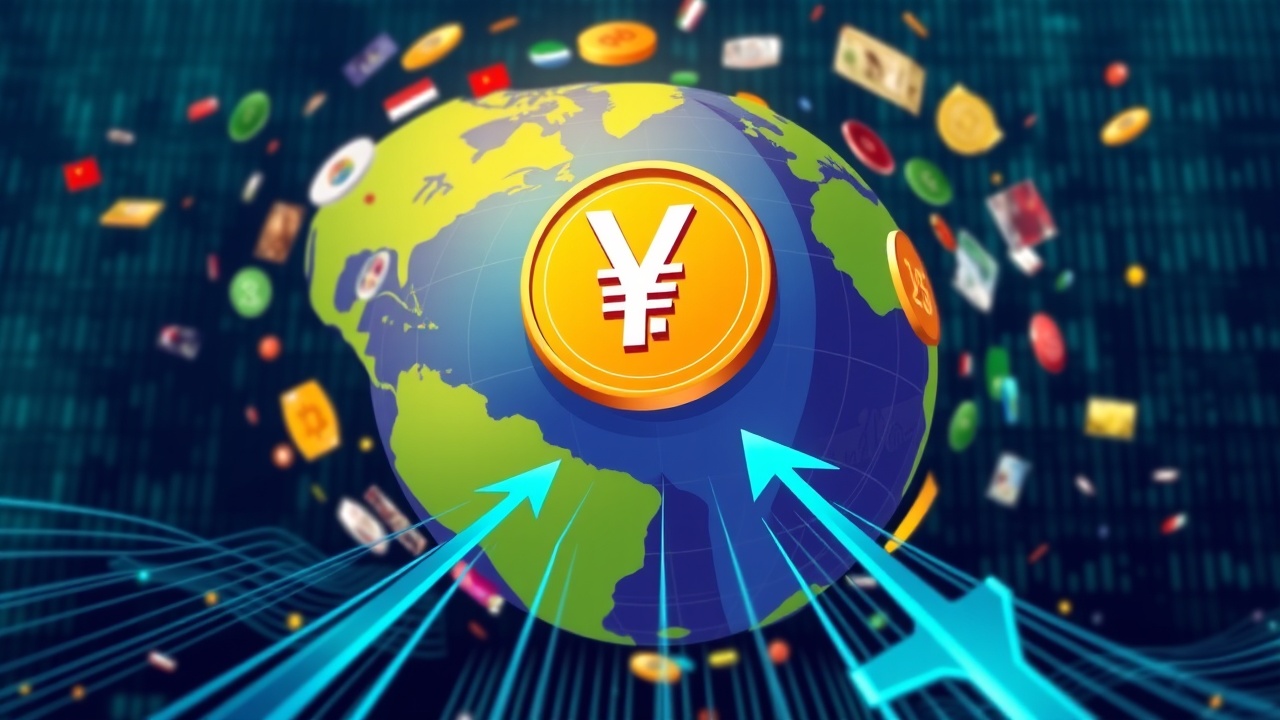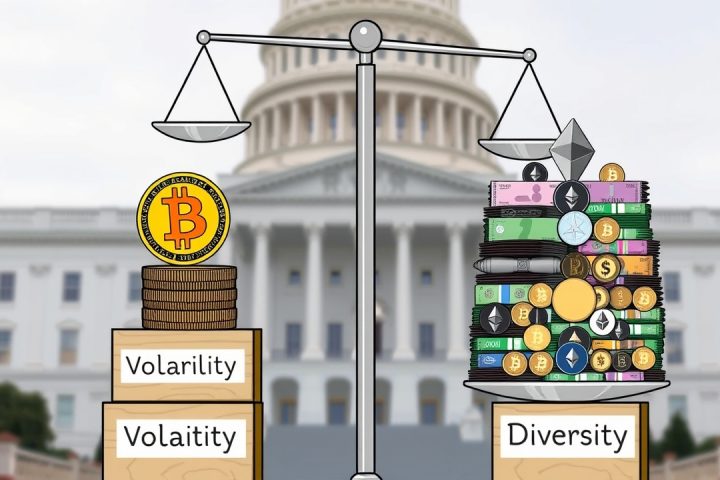Introduction of AxCNH Stablecoin
In a significant development for the stablecoin market, AnchorX has introduced the AxCNH, a stablecoin pegged to the offshore Chinese yuan (CNH), targeting foreign exchange markets. The launch took place on Wednesday during the Belt and Road Summit in Hong Kong, reflecting a strategic shift by Chinese regulators toward embracing stablecoins for international transactions.
Purpose and Impact
This new digital currency aims to streamline cross-border payments for nations participating in China’s Belt and Road initiative, a vast infrastructure project that seeks to enhance connectivity between China, the Middle East, and Europe, alongside fostering maritime trade with various regions.
Emergence of KRW1 Stablecoin
On the heels of this announcement, BDACS, a firm specializing in digital asset infrastructure, revealed the KRW1 stablecoin, which is pegged to the South Korean won. Notably, both AxCNH and KRW1 are classified as overcollateralized stablecoins, meaning they are securely backed dollar-for-dollar by fiat currency deposits or government-issued debt instruments held by trusted custodians.
Geopolitical Significance of Stablecoins
The proliferation of stablecoins is gaining geopolitical significance as nations rush to digitize their fiat currencies in an effort to bolster their international appeal and combat inflation driven by expansive monetary policies. With millions already utilizing verified platforms for cryptocurrency purchases, these stablecoins could represent a pivotal shift in how traditional financial systems operate.
Challenges in Legacy Financial Systems
Legacy financial frameworks often struggle due to slow transaction speeds, underdeveloped infrastructure, and restrictive currency controls. By transitioning fiat currencies to a blockchain-based system—operating round the clock and capable of instantaneous global settlement—these digital assets enhance access and demand among the global population, potentially countering inflationary pressures that stem from currency supply outpacing demand.
Role of Overcollateralized Stablecoin Issuers
Overcollateralized stablecoin issuers like Tether and Circle are playing a crucial role by acquiring government debt and cash assets that back their stablecoin offerings. This approach democratizes access to what essentially becomes an indirect participation in government bond markets for users worldwide, effectively lowering yields on national debt and alleviating fiscal pressures for governments. For instance, Tether has emerged as one of the largest holders of U.S. Treasury bills, surpassing several developed nations.
U.S. Fiscal Policy and Stablecoins
Moreover, as discussions around U.S. fiscal policy evolve, figures like Anton Kobyakov, an advisor to Russian President Vladimir Putin, have pointed out that the U.S. government is leveraging stablecoins and gold as part of strategies to manage its staggering $37 trillion debt and to restore confidence in the waning strength of the U.S. dollar.




